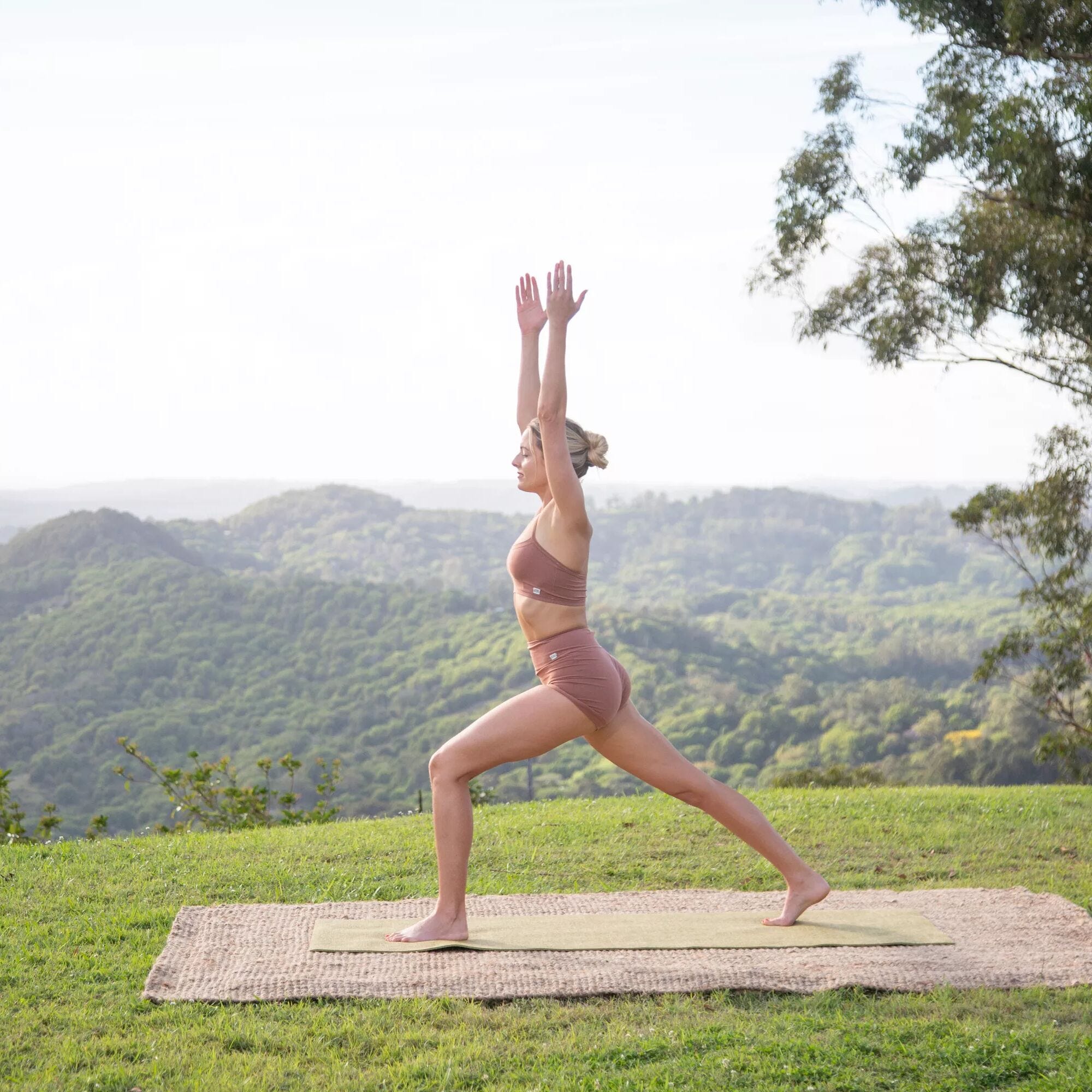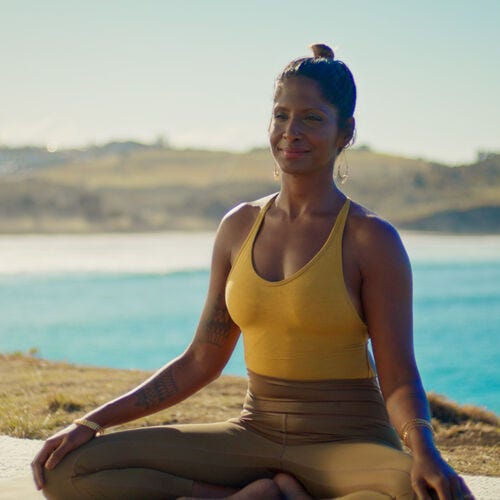
finding the right yoga practice for your body and mind
what is yoga?
When we think about yoga, we might imagine downward dog, slow, meditative breathing or even the final resting pose of most yoga sessions, savasana. But in fact, yoga is just the umbrella term for a diverse and varied practice, which focuses on different mental, spiritual and physical benefits.
“The word yoga itself is derived from Sanskrit and it means to bind or to integrate, so yoga is the integration of your body, mind and spirit,” Sonja, endota Retreat guide and creator of Honestly Yoga explains. “It’s not solely about moving through poses and flexibility. The fundamental philosophy of yoga encourages being non-judgmental and finding compassion towards yourself and others."
While it is one thing to know it’s a great form of movement, it can still be challenging to know the form that's right for you, especially if you’re new to the mat. So, to help, we’re talking through six endota yoga favourites: yin, vinyasa and kundalini, hatha, nidra and primal. Read on to learn more about their purpose, benefits and exactly what to expect.


“It’s not solely about moving through poses and flexibility. The fundamental philosophy of yoga encourages being non-judgmental and finding compassion towards yourself and others.”
Sonja, Honestly Yoga
vinyasa yoga
The Sanskrit word vinyasa is said to mean, ‘to place in a special or sacred way’, in this case, via shapes and the postures made by the body. This practice involves linking poses with breath, moving through a ‘flow’ that is both mentally and physically stimulating. While it is considered quite athletic, vinyasa can move at a slow or rapid pace depending on your preference.
While the sequence of the practice is open to interpretation, most vinyasas will begin with setting an intention and finish with savasana, the final resting pose. If you want to quieten your mind, build strength, improve flexibility and balance, vinyasa is for you.
Move your body and feel energised with Paloma Ferretti's vinyasa yoga class.


hatha yoga
The practice roughly translates from the words 'ha' meaning sun and 'tha' meaning moon, and aims to help balance the energies within your body — just as the sun and moon are balanced with one another.
During hatha yoga, your energy is manipulated and driven in different directions based on your physical posture and poses formed by your body, combined with breathing techniques. It's great for building core strength, increasing flexibility, while releasing feelings of stress.
Try hatha yoga for yourself with Arjanna Van Kan's hatha yoga class.


primal yoga
Embedded in the traditional principles of yoga and qigong, primal yoga involves supple, free flowing movements to enhance your flexibility, stability, strength, energy and awareness. This yoga style encourages broadening your relationship with movement as you transition to more intuitive expressions.
This modern yoga practice looks at yoga more deeply, focusing on harmony in your body and then harmony in your mind. Primal yoga sequences allow your body to move in better harmony with nature, while taking you on a journey of self-inquiry, awareness and enhanced health for maximum vitality.
Get in touch with your body's full functional movement with Simran Khaira's primal yoga class.


which yoga practice is right for me?
Yoga practices are extremely personal, and your ideal type really comes down to your spiritual, physical and emotional needs at any given time. If you're looking for a yoga flow with a more athletic feel vinyasa yoga is likely for you. If you are looking for a more relaxed approach then yoga nidra and yin yoga are your best choices. The remaining yoga practices, while each different in their own right, are great for when you want to move your body without the athleticism vinyasa yoga provides while being more upbeat than yoga nidra and yin yoga.
Because of their varied benefits, we offer all six practices on endota Retreat (including several free sessions), allowing you to pick and choose a workout depending on how you’re feeling.
Want to learn more about the science behind yoga? We cover this and how the practice can better unify your mind, body and spirit in our blog.








